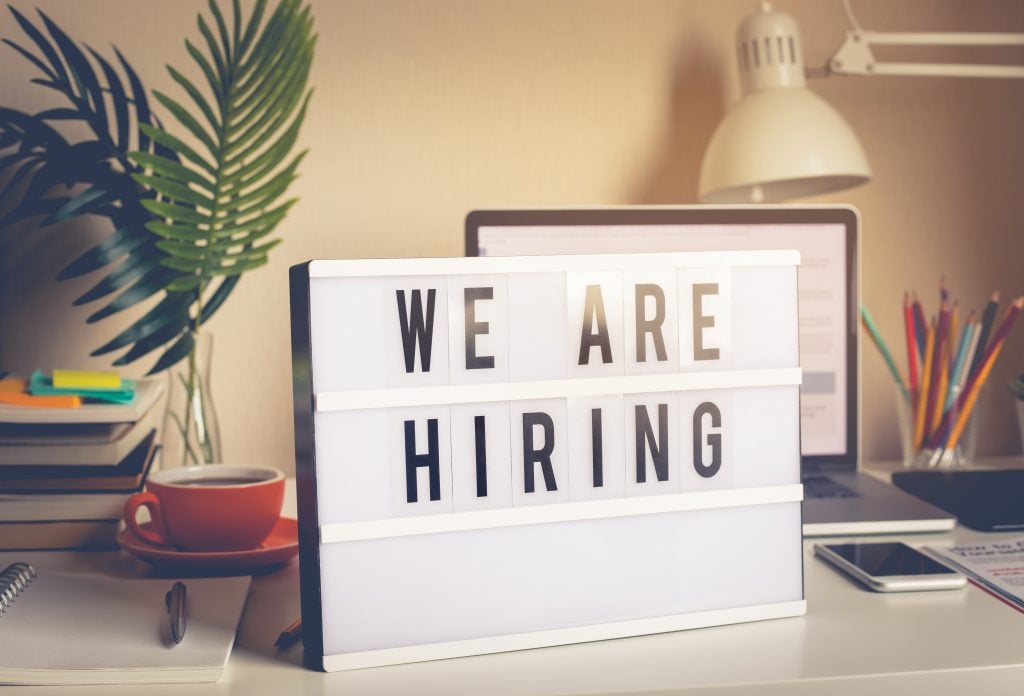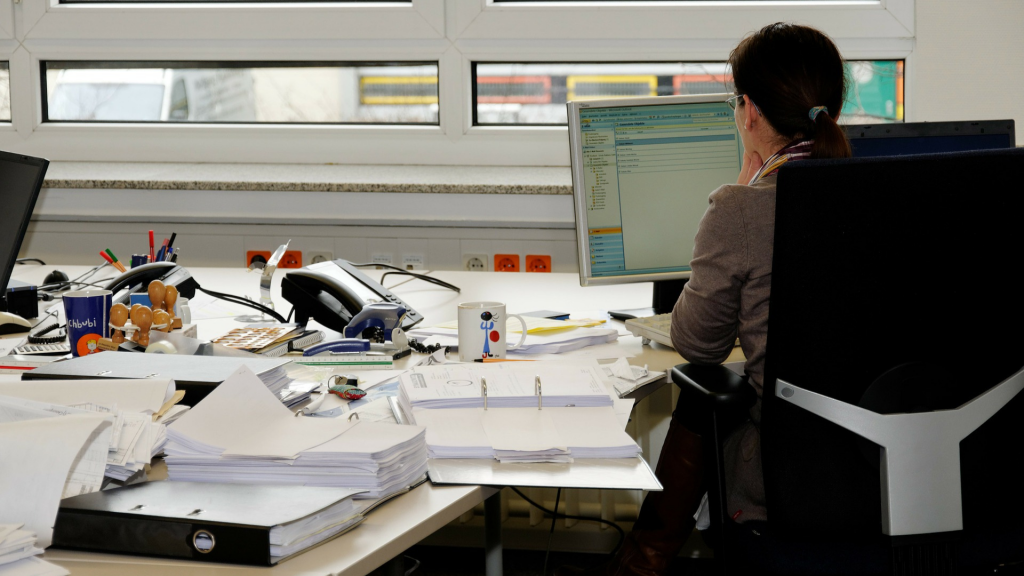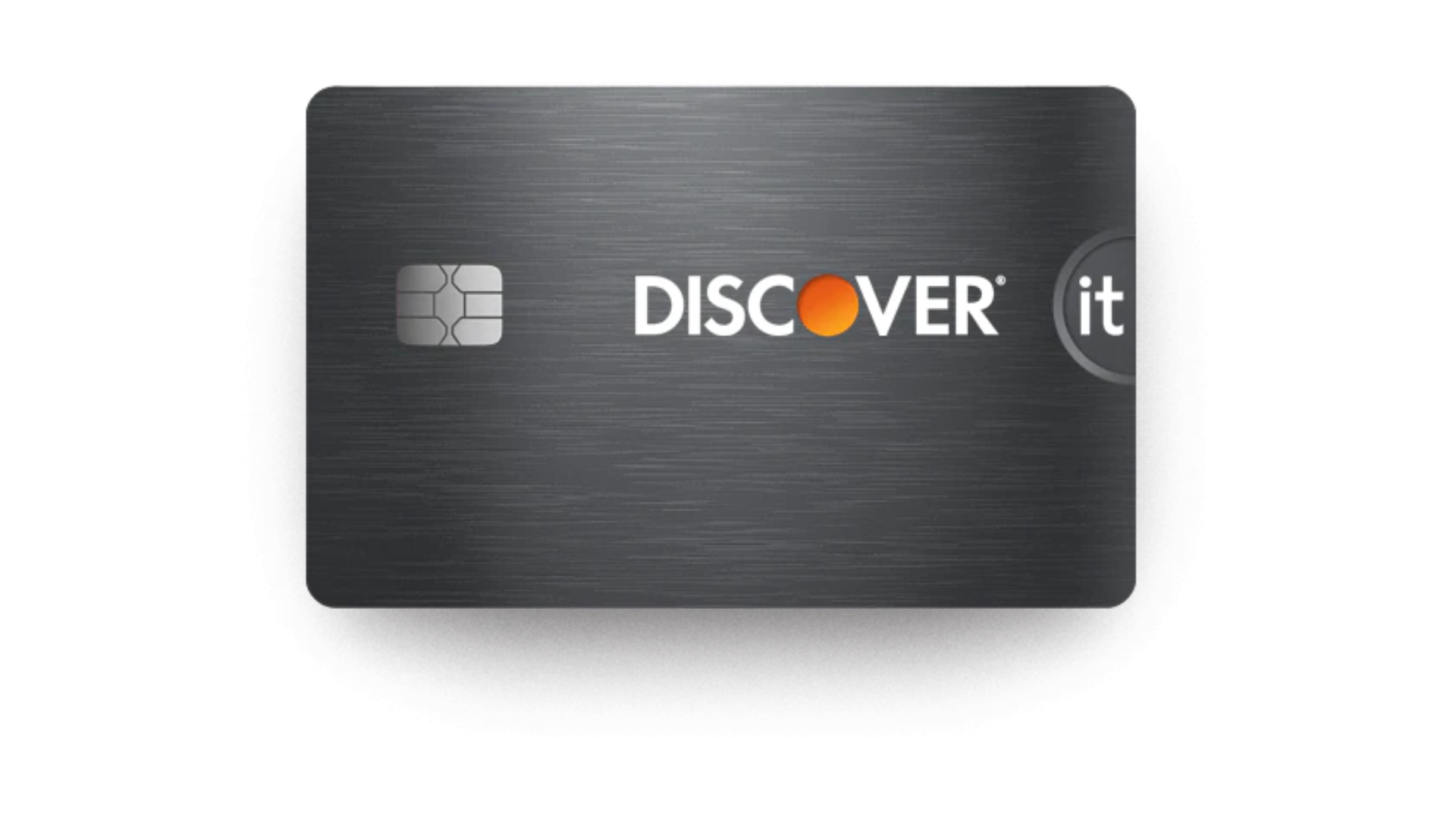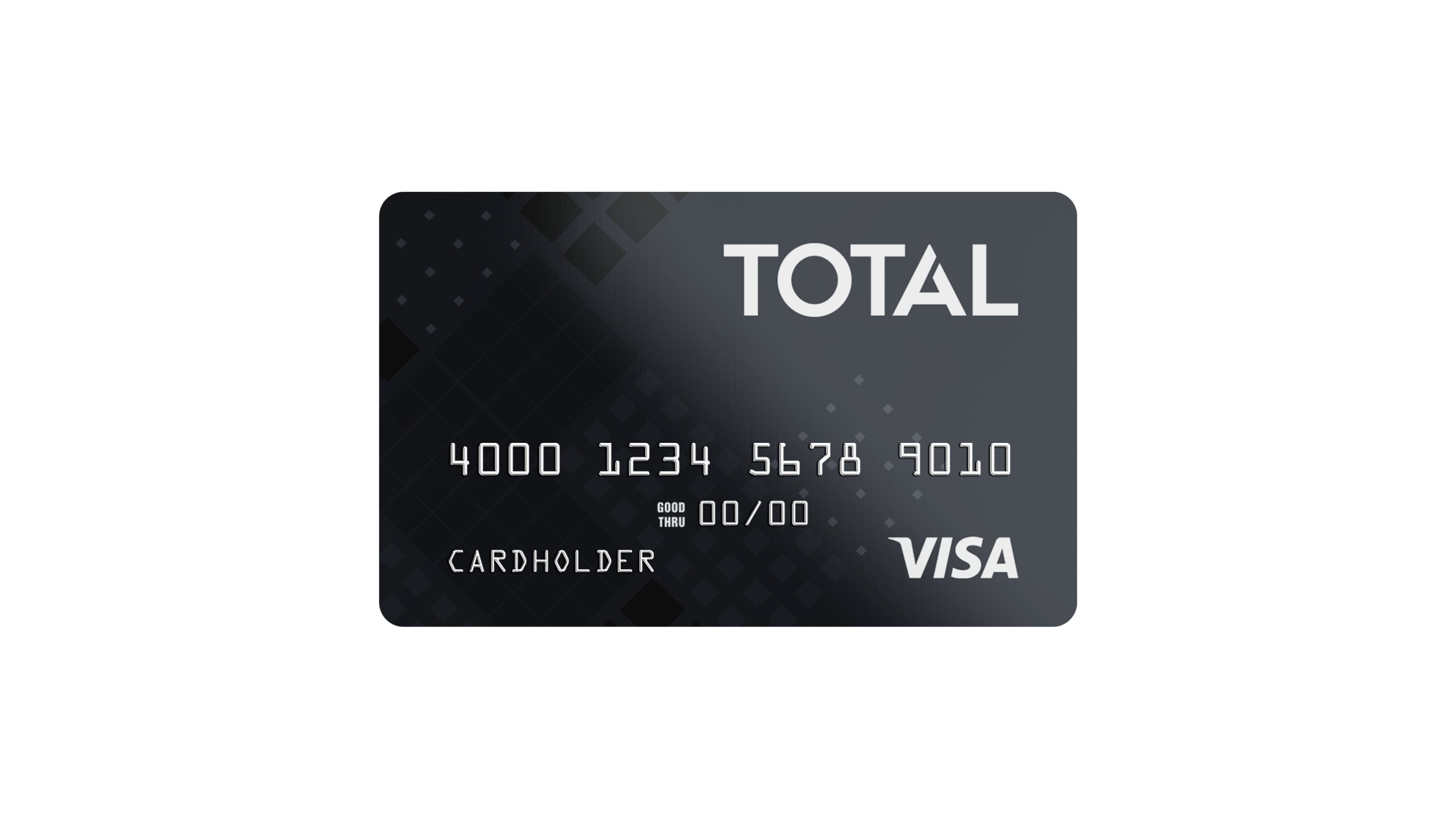News
The unemployment rate in the US: current numbers and trends
The US unemployment rate showed a very low level in the last month and many cheered. However, this does not always mean good news for the economy. Read this article and understand why.
Advertisement
Understand how the Covid-19 pandemic impacted the unemployment rate in the US

In one day, Americans went to bed with a US unemployment rate of 3.5%. When they woke up, the country already had 14% unemployed. This is a small summary of the sensations that the pandemic generated when it comes to employment and income.
In fact, all these layoffs did not happen overnight. Thus, as of February 2020, the country was still satisfied with more than 90% of its working-age workforce employed in some lucrative activity. When the government announced the protection measures that restricted movement, everything changed.
Layoffs and bankruptcies happened en masse, and in April 2020, the percentage of people who could not find work was 14.7%. For comparison, numbers like this were only achieved during the Great Depression of the 1930s. However, two years after this unemployment spike, the situation is completely different.
Today, the US unemployment rate has already reached the pre-pandemic level. In addition, salaries are improving and the average is 2 jobs for every person looking for an opportunity in the market. At times like this, that cousin of yours who doesn’t work and lives with his parents has no excuses for not looking for a job.
In short, the scenery looks excellent. However, incredible as it may seem, this low unemployment rate at the moment also generates some bad developments. Want to understand better what we’re talking about? Then read the article below and learn how the US unemployment rate is affecting the national economy as a whole.

Best finance books for beginners: 3 options
There are many finance books for beginners. However, you don't have to read them all: go straight to the most important works.
What is the current unemployment rate in the US?

In fact, the US ended May this year with an unemployment rate of 3.6%. Thus, it is the first time since the beginning of the pandemic that this indicator has returned to pre-pandemic levels.
This data from the Bureau of Labor Statistics (BLS) presents a very relevant fact for our country. Of people of working age looking for work, only 3.6% have not yet been able to find a job. In terms of population, this number represents 5.9 million people who still visit companies and deliver resumes.
The BLS also released another very interesting data on the current situation of companies and jobs in the country. In fact, the research institute has recorded increases and decreases in payrolls in recent years. Since 2015, this indicator has always presented positive results.
This means that companies were always hiring and/or improving the salaries of their employees. In fact, things only started to change in March 2020. For the first time in 5 years, this index registered a reduction of US$ 1.5 million in the payrolls of non-rural companies in the country.
However, that doesn’t look like anything when we buy with what was registered the following month. In March of that year, the drop was US$ 20.49 million. However, the record was positive again in the following months and only registered a slight drop in December of the same year.
Since then, the data show positive results. This could mean companies are catching their breath and hiring new employees. Thus, the indicator “Jobs Won or Lost, Month by Month” confirms what we are seeing in the US unemployment rate.
You will be redirected to another website
You’ll receive messages for less than 1 week, with a maximum of 1 message per day. You can unsubscribe anytime by replying STOP. By submitting this form, I confirm that I am 18+ years old and agree to the Privacy Policy and Terms and Conditions. I also provide my signature, giving express consent to receive informational messages via automated emails, SMS, MMS text messages, and other forms of communication. Message frequency may vary as part of our good-faith effort to respond to your inquiry. Message and data rates may apply. Text STOP to cancel. I understand that my consent to receive communications is not a condition of purchase and that I may revoke my consent at any time.
What factors influence the unemployment rate?
In fact, any factor that encourages (or discourages) the hiring of employees interferes with the unemployment rate. At the moment, there are two very important main factors that caused this indicator to drop so much. Among them, we must mention the resumption of post-pandemic activities.
Thus, most stores were reopened and several new companies were created. Thus, the market has made available a large number of job opportunities. According to BSL, in May alone, 390,000 job openings were made available across the country.
Also, wages are higher. In fact, this increase probably arises to offset the effects of inflation. High inflation and low wages discourage workers. In fact, when this is the scenario, workers see their purchasing power always decreasing due to inflation. The solution then is to improve wages.
With higher salaries, people tend to look for more jobs and stay in those vacancies.
How does the unemployment rate affect the economy?

When unemployment drops, employers have to compete for people who are still looking for opportunities that are now outnumbered. In theory, the way to capture this workforce is to offer higher wages. However, this increase in wages has a side effect. As people are earning more, more money ends up entering the market.
In this way, the general demand for consumption grows. Realizing that people have more money and are more likely to spend, companies raise the prices of their products and services. Thus, general prices tend to rise and end up pushing inflation up. In fact, this is not good for the market or for society.
So what we can do is “tighten our belts” until the recession “turbulence” passes. However, how much longer should we wait until we are free of this recession? In fact, that question was answered in one of our daily published articles.
To check it out, click on the link below and learn about the opinion of the country’s leading economic experts on the subject.

The US Economy: why growing fears of a recession are justified
Will the US enter an economic recession? Understand what economists say on the subject and how to prepare your pocket for the future.
Trending Topics

Apply for the Oportun Personal Loans: Fast Approvals
Ready to elevate your finances? Learn how to apply for the Oportun Personal Loans for tailored rates and a smooth borrowing experience!
Keep Reading
Discover it® Secured card: check out how to apply!
Apply for the Discover it® Secured card and build your credit score with no annual fee and double your earned rewards. Learn more here!
Keep Reading
Prosper Loans Review: Fast Funding with Flexible Terms
Dive into our Prosper Loans review, spotlight on low rates, fast approvals and flexible repayment terms. Navigate lending with confidence!
Keep ReadingYou may also like

Credit cards for no credit: choose the one that best fits your needs
Credit cards for no credit: check out a list of 6 excellent card options for those who still don't have credit (cash back of up to 10%).
Keep Reading
Earnest Student Loan: find out how to apply!
Apply to Earnest Student Loan and get access to student loans free of most fees charged by other companies in the field. Find out more here!
Keep Reading
Total Visa® Card full review: should you get it?
Meet the Total Visa® Card, a credit product to build your credit with an initial limit of $300 adjustable in one year of use.
Keep Reading